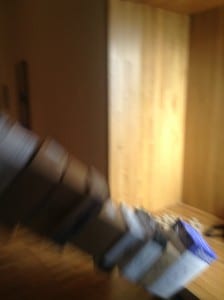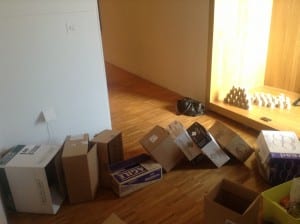Discussion in previous weeks has been based on ‘Common Themes’ within our class, helped me understand the links between all of our performances, the most frequent words that were used were time,past and present and people. Many of us are using members of the public as the performers watching and analyzing what they are doing, making them the performers and us the audience.
Particularly in our site specific performance, we have chosen the painting of Lincoln, painted by John Carmichael (1858) which is located in the Usher gallery We have been questioning what makes this painting special? What is the main focus? What do people draw upon? What is their interpretation of the painting? Would it be interpreted differently if it was to be displayed somewhere else?
All these questions were yet to be answered, however with the on going research and experimenting with people and their responses some of these questions have yet to be answered. By asking questions to the members of the public, recording and taking pictures of what we see.
Both The Usher gallery and The collection have a different atmosphere, The Collection being nosier and interactive where as The Usher gallery being a much more quieter and a calmer place, both of which attract members of the public. We originally wanted our piece to be located in both parts of the museum connecting the two buildings together but due to the development of our piece which is focusing on a certain area of the usher gallery (the drawings) we have discussed that it would not make sense and there wouldn’t be a valid reasoning behind it.
We have decided to focus on the drawings because our theme is masking. The drawing area helps create the illusion of copies, which encourages us to create a meaningful performance reflecting upon women being copies of beauty. How most women highlight key face features to impress and look beautiful making them a copy of themselves.
The painting of the Brayford by John Carmichael (1858) was moved and replaced with a Venus de Milo drawing which was a spanner in the works for us! But with a little bit of research it turns out that the new exhibition represents beauty, love, affection This significant link between the two paintings has emphasized the meaning behind the two paintings. How the old reflects idealism and the new drawing also reflects beauty, which highlights and signifies our underline meaning of our performance message.
A new idea which we have explored today was the use of make-up techniques instructions being over played on a sound system whilst we are performing again the repetition of the day to day process which most women go through to look good. Make-up technique instructions are usually found in feminine magazines or on the internet and even social media websites now, we have used different types of make-up instructions also incorporating painting instructions to show the similarity between masking a painting and masking a face making both products an image or an exhibition, which could reflect ‘the world is our stage’ becoming something that your not.







